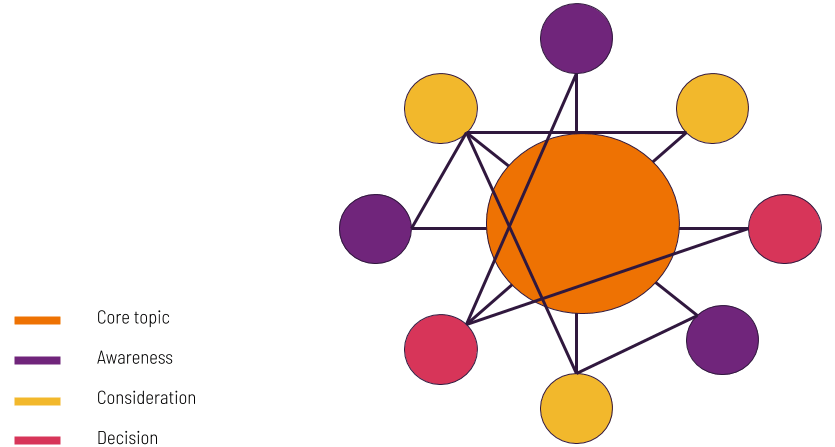In today’s fast-paced and tech-reliant world, it’s almost impossible to imagine running a business without the internet and social media. But once upon a time, offline marketing was the only option. In the early 1980’s when the information superhighway was still ARPANET, and the world was becoming saturated with advertising and marketing messages, being creative was key for businesses wanting to get noticed. Thus, guerrilla marketing was born. Named because it relies mainly on the element of surprise, guerrilla marketing is the concept formalised by the late Jay Conrad Levinson and drastically changed the way many businesses approached marketing. Large, splashy, expensive campaigns gave way to more tactical, unconventional, small-scale, low-cost activations. And in many cases, the impact achieved significant gains in awareness, consideration and purchase. These days, “going viral” is a common goal. Having thousands of people share a piece of content would be a dream come true for most businesses. So what lessons from the past can we apply to today’s digital world? One of the defining characteristics of guerrilla marketing was activation on a small scale, but the “shareability” of the exercise meant that the people who saw it talked about it. A lot. And then other people talked about it. A lot. And in no time at all, everybody was talking about it.
The pre and early digital days

The element of surprise










